Worthwhile risks in pursuit of a brighter future
October 2025 by Robbie Paul posted in Startups, CEO, Growth, Community
$82.6m of insights for Seed Fund 4
July 2025 by Robbie Paul posted in Funds, Startups, Technology, Growth
Read 6 reflections from Icehouse Ventures CEO, Robbie Paul, from our last three Seed Funds as we announce the first close and investment of Seed Fund 4.
Reflections and lessons from our journey with Halter
June 2025 by Robbie Paul posted in Startups, CEO, Growth, Community
Read 6 reflections from Icehouse Ventures CEO Robbie Paul, following Halter announcing their $165M Series D raise.
Why New Zealand Will Become a Technology Utopia
March 2025 by Robbie Paul posted in Startups, CEO, Technology, Growth
Big losses and bigger wins of 2024
December 2024 by Robbie Paul posted in Funds, Startups, CEO, Technology, Growth
The New Zealand Startup 2024 Year in Review
Designed by Apple in California
October 2024 by Robbie Paul posted in Funds, Startups, CEO, Technology, Growth
I'm excited to share that Pie Funds has invested $10m into Growth Fund II, bringing us to $98m of our $100m target. Their investment supports my case that the next Apple should be built from New Zealand. That may sound far-fetched so here are the reasons why it is possible.
Reflections on Tradify and the Venture Ecosystem
October 2024 by Robbie Paul posted in Startups, CEO, Growth, Community
Read the 7 reflections from Icehouse Ventures CEO Robbie Paul, following Tradify's impending acquisition by Access Group.
10 Key Takeaways from our Growth Fund I Annual Report
September 2024 by Robbie Paul posted in Startups, CEO, Growth, Community
Read the 10 key takeaways from Icehouse Ventures CEO Robbie Paul, following the release of our Growth Fund I Annual Report.
Allbirds founder and former All White, Tim Brown, has joined Icehouse Ventures. Read Icehouse Ventures CEO, Robbie Paul's perspectives that informed Tim's appointment.
The Crowdsourced NZ Start-up Reading List
January 2024 by Icehouse Ventures posted in Startups, CEO, Technology, Growth, Community
The best books, podcasts, communities, and content treasure troves for Kiwi start-ups, recommended by Kiwi start-ups.

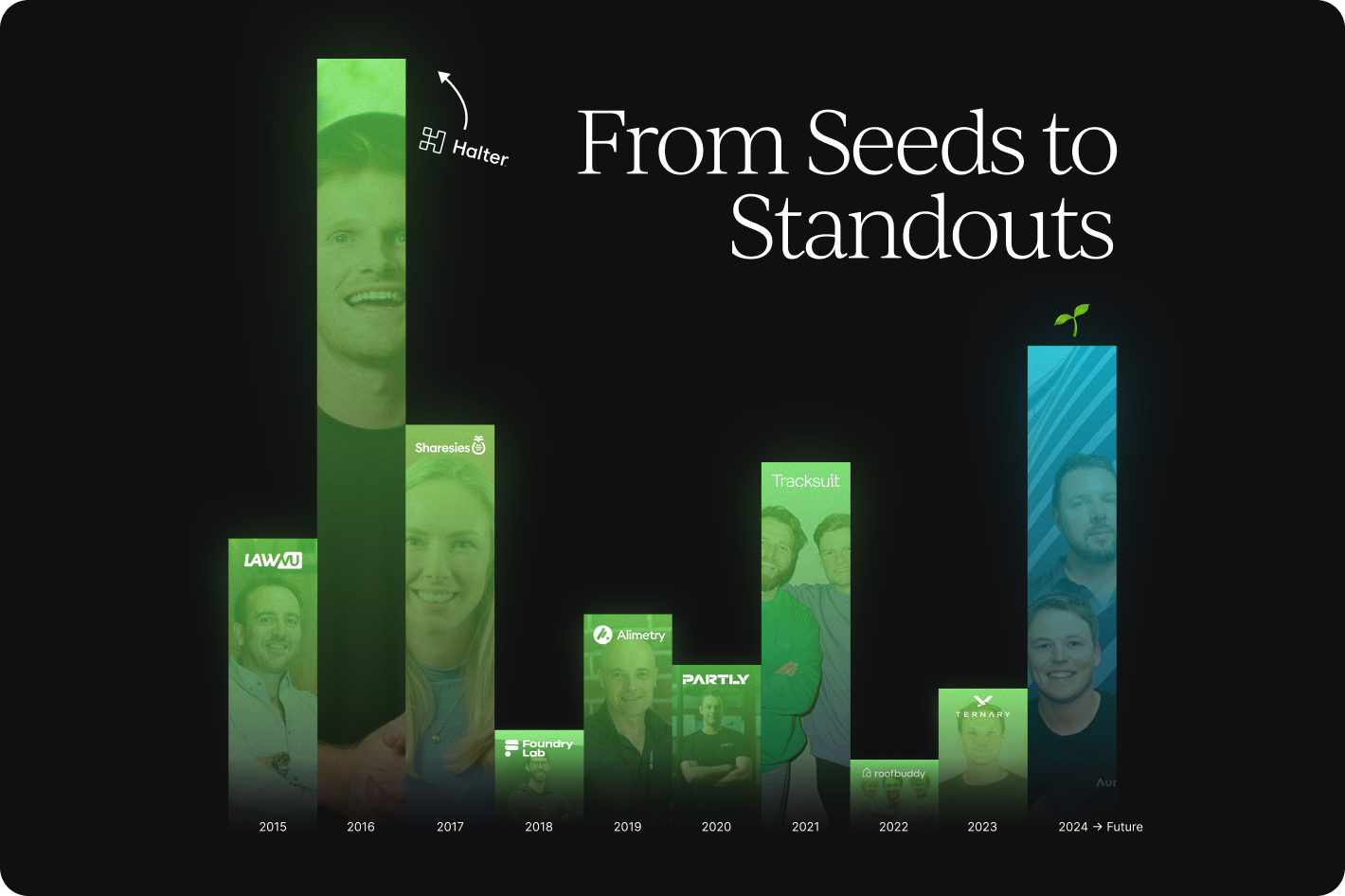
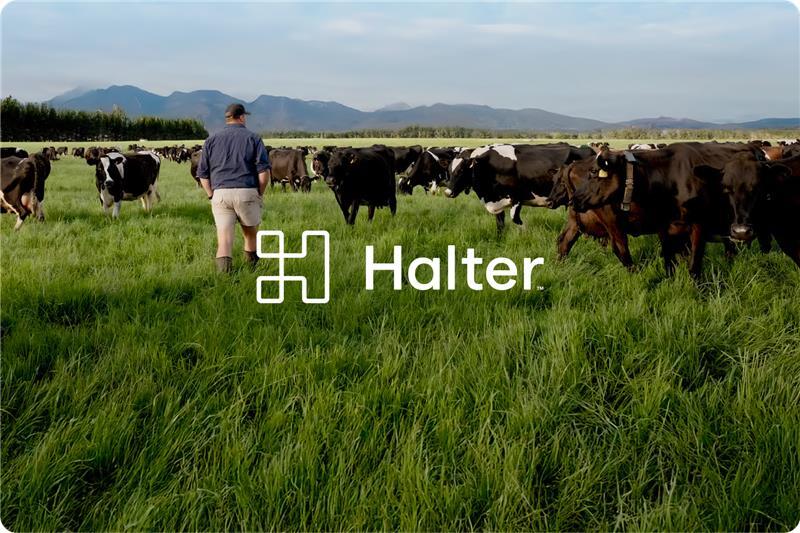


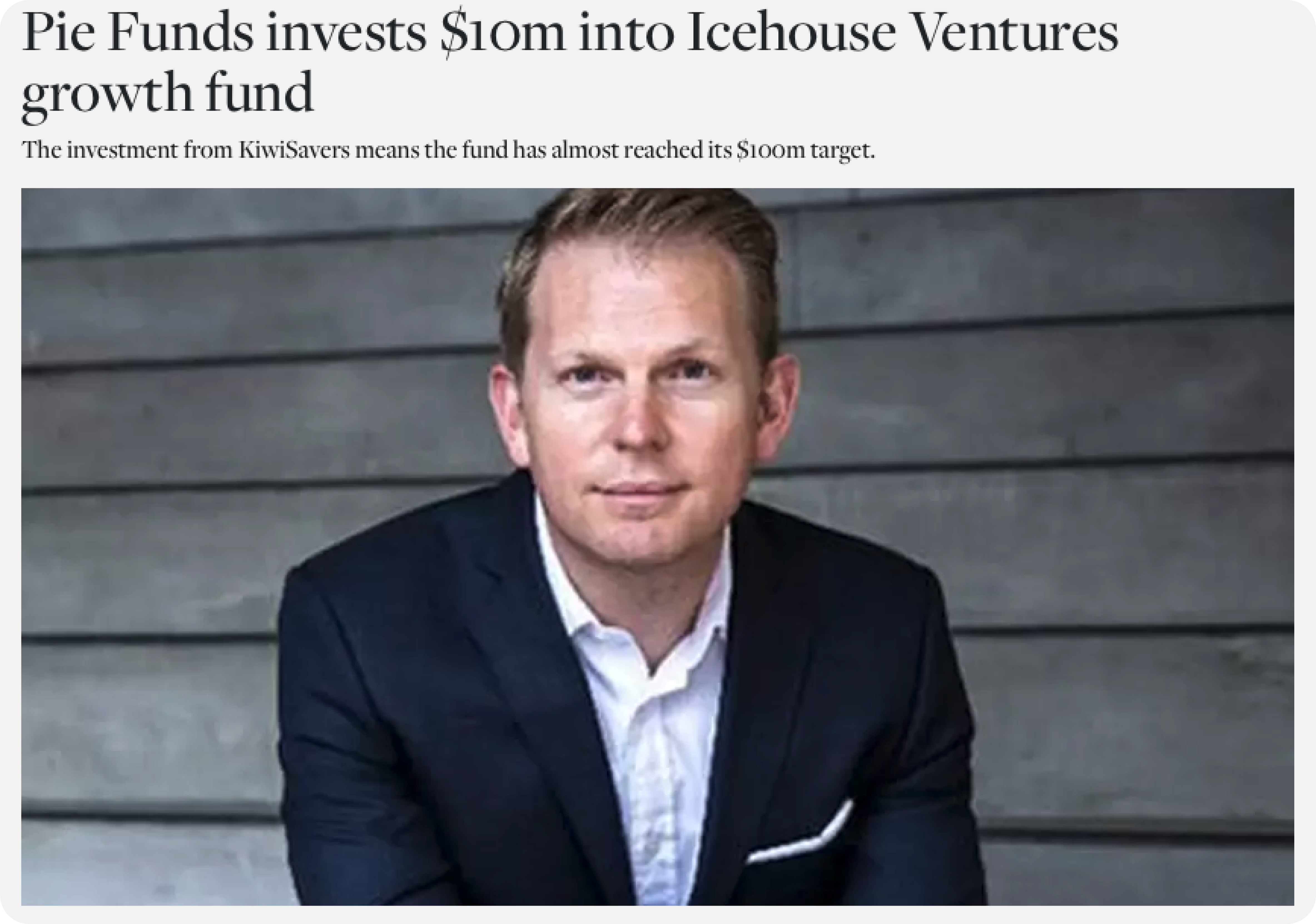
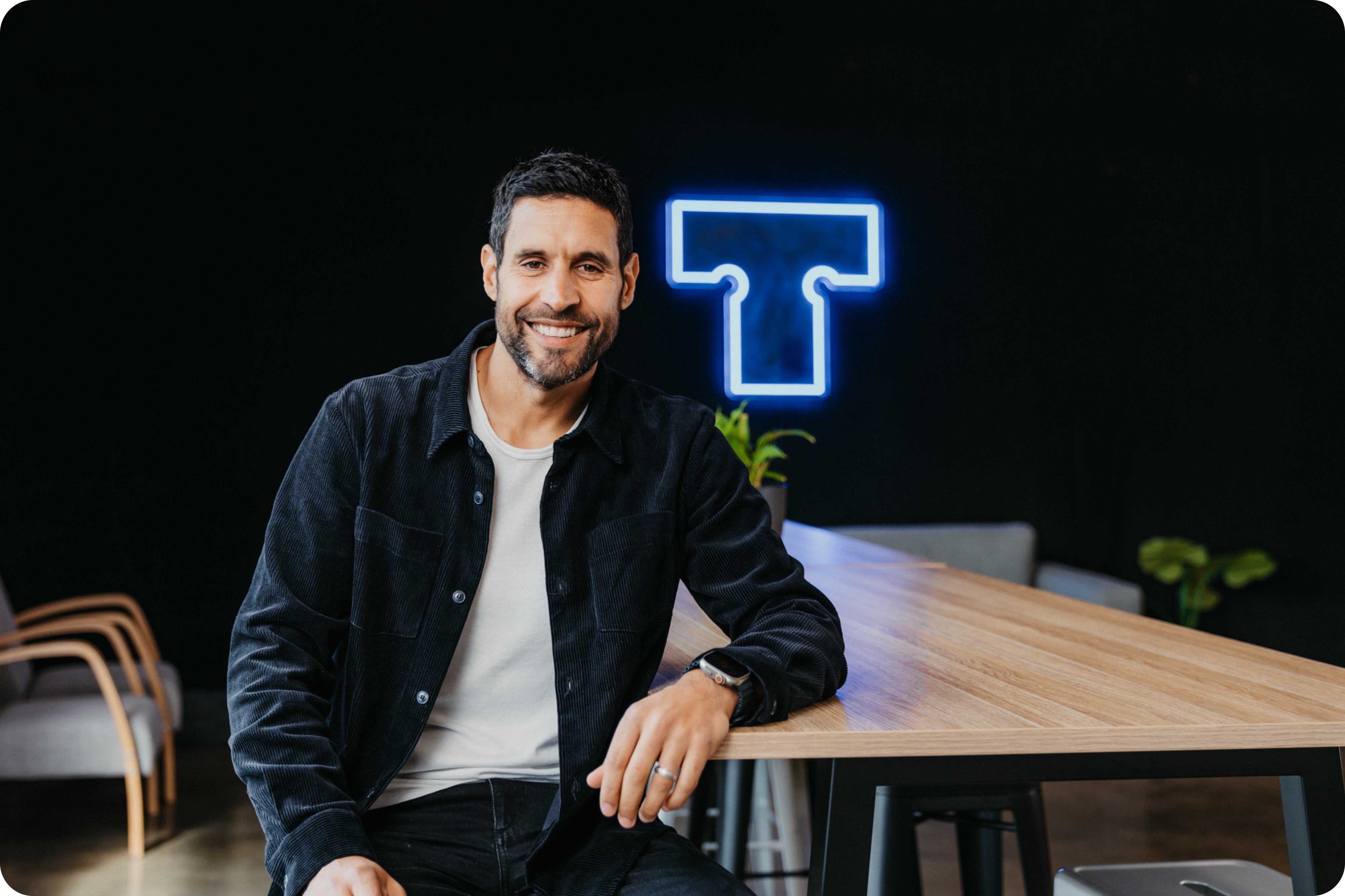
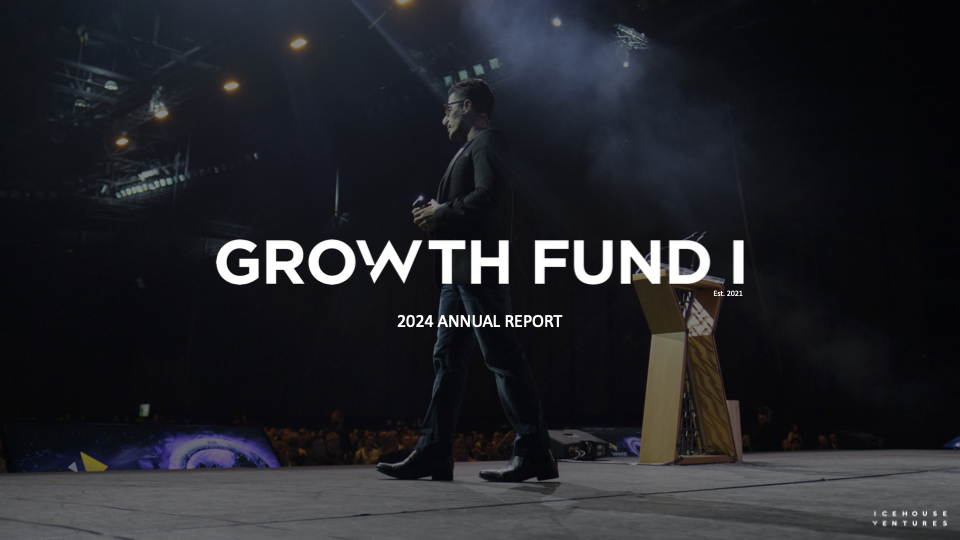
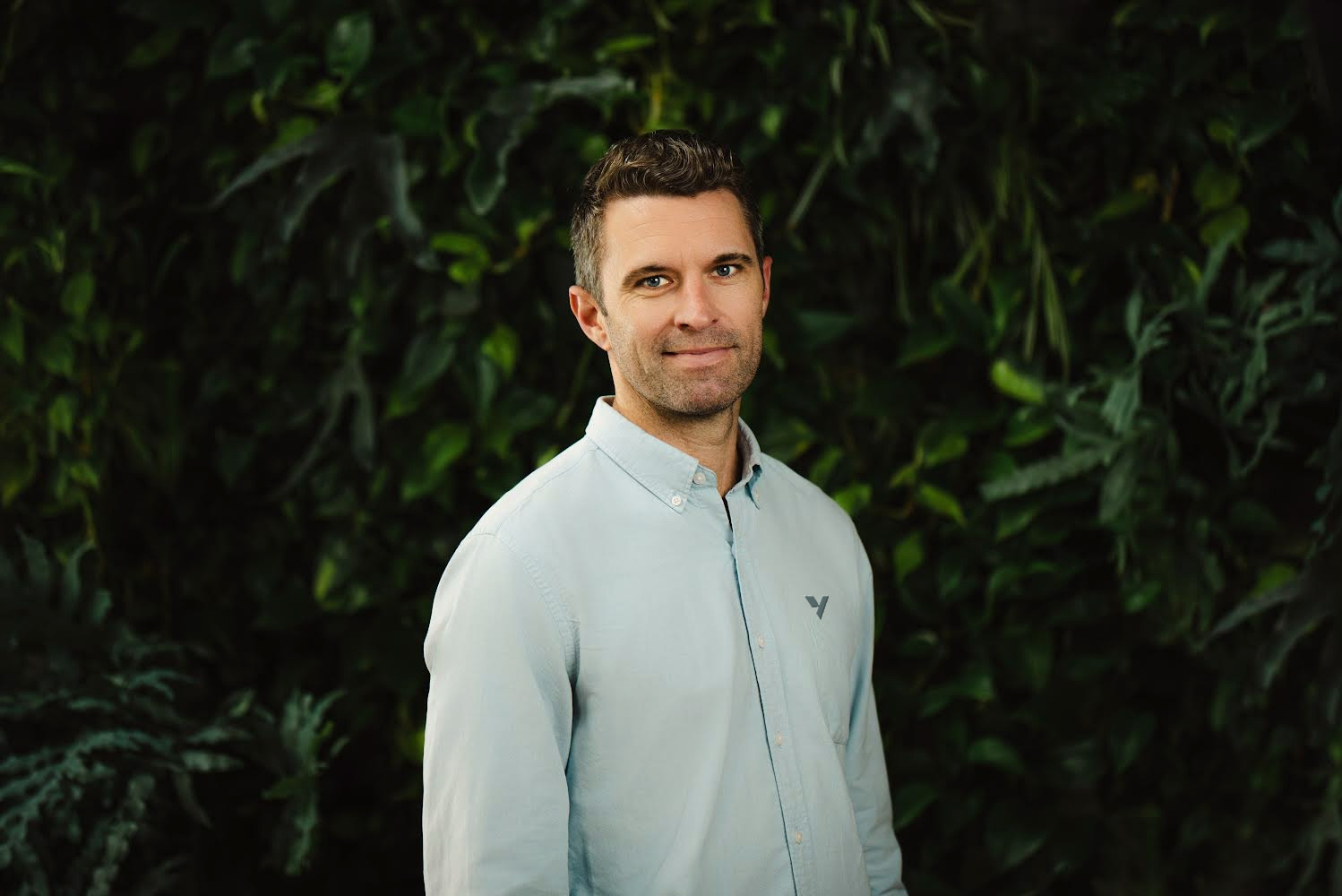
.png)